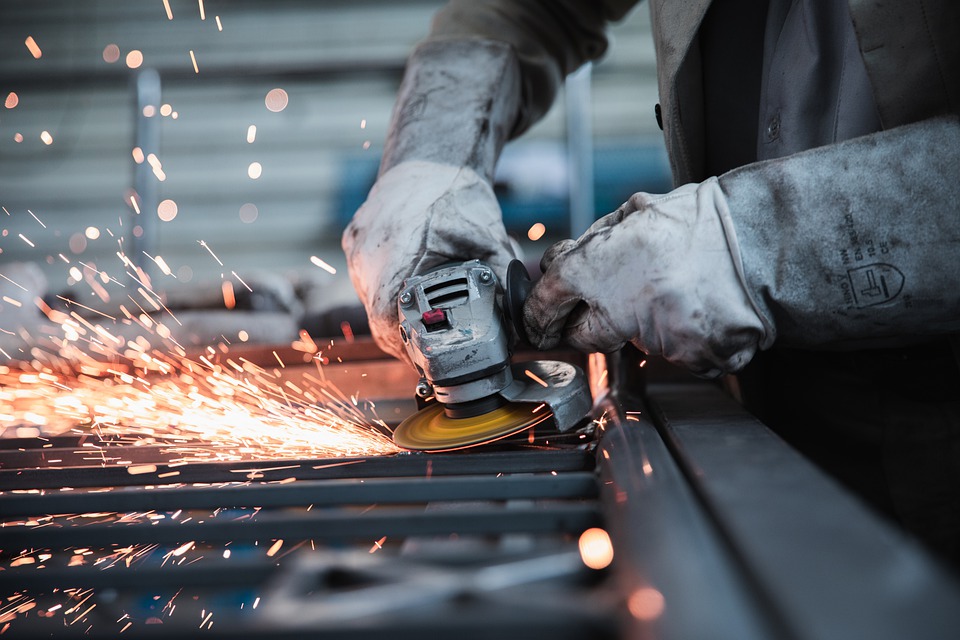The rise of environmental concerns has led to searching for alternatives to extracting metals. That’s why it seems natural to look into recycling them. To get there, there are a few steps to follow.
The Steel Deposit
Steel is an alloy of carbon and iron. It is a material at the base of industrial development. It is also the first material to be recovered as it is easy to collect and reuse.
There are 2 main types of steel deposits:
The professional deposit is linked either to the iron and steel industry or to the manufacturers themselves. It includes:
- Industrial packaging such as drums and cans used to package liquid industrial products
- End-of-life products such as shipwrecks, electrical equipment, and automotive steel, representing between a quarter and a third of the scrap metal collected.
- Household scrap: includes “monsters” (found in landfills, old household equipment, waste disposal sites) and household packaging.
Steel is used for three types of packaging:
- Steel can represent three quarters, i.e., about 4 billion “drink cans” consumed in France;
- Canned food or “operatized” cans;
- Specialty cans.
There are many reasons to recycle these metal wastes:
- to avoid environmental damage from mining ;
- to save raw materials such as metals;
- limit or reduce air pollution, etc.
These types of steel were known as “tinplate” in the past. Grouped under the acronym APE (steels for packaging), they are thin (about 0.24 mm and coated with varnish and tin).
The dominance of steel in the food packaging market is undeniable. Indeed, it constitutes three-quarters of the food packaging. It is used for:
– more than 85% in ready meals ;
– 94% in canned food for animals.
Statistics show that one thousand tons of steel are used to manufacture 13 million packages. However, those that are rejected represent more than 500,000 tons.
The Recovery of Steel
Concerning the time of recovery of steel, we count:
– one year for a “beverage can” ;
– ten years for a used car
– 30 to 150 years for a building or a bridge.
The steel recovery method is based on “positive sorting”. It consists of selecting products with more than 50% or 60% iron content. There are different ways of sorting this: either in the bottom ash treatment center or at the incineration outlet.
The residues must be well separated to improve the iron concentration in the final scrap. This is achieved by shredding, followed by magnetic sorting. The succession of sorting operations makes it possible to obtain scrap with more than 90% iron content. Once this is done, the scrap is cleaned, crushed, and densified by successive magnetic sorting to recover about 87% steel. In addition, there are also other ways to recover steel:
- by composting ;
- by selective collection or sorting of waste.
- Instead of throwing away your household waste, call a scrap metal dealer to recover and recycle it.

The Benefits of Steel
Recycling steel helps reduce greenhouse gas emissions. This material can be recovered from deconstruction sites. It can also be reused after transformation.
Steel does not produce any toxic substances in contact with water or air. Thus, it does not represent any direct danger. Also, it does not create any waste. New coatings made from this material are increasingly environmentally friendly.
Every ton of steel produced by recycling reduces one ton of future production. Moreover, recycling represents a real opportunity in the field of steel construction.
